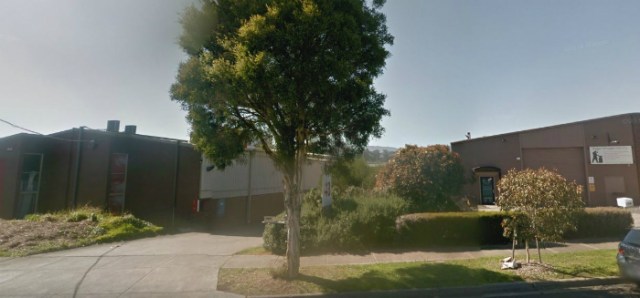
There has been a range of innovations on the print side of wide format in recent years that has drastically increased the speed of output, while enabling print on more types of media.
With UV and LED-UV curing lamps now almost ubiquitous, prints are ready for finishing from the moment they leave the printer. Often, the congestion point is in finishing. For companies that use manual guillotines and labour, there are huge potential benefits in introducing an automated cutting table or cutter.
In the wide format market alone, cutting is needed in the production of window and vehicle graphics, window tinting and car protection films, personalised apparel, labels and decals, packaging prototypes, stencils, and more.
Often bundled with workflow software that can fit into your workshop with minimal effort, you can free up workers within the business to do other tasks, enabling flexibility. Being able to produce complicated cutting patterns without difficulty reduces waste and time, while the ease of laser finishing for soft fabrics brings more work in house, speeding up turnarounds.
The upper end of the market, including the Kongsberg tables, have automation options beyond the capabilities of the cutter. Robotic Material Handlers can be added to Esko Kongsberg tables, loading and unloading directly to and from pallets. With the ability to handle corrugated, paper core boards, and plastics, users can eliminate scissor lifts and work tables.
To take automation even further, there is a dynamic gripper option developed by Clintech, attachable to the Robotic Material Handler, able to pick up sheets up to 15kg, handling three per minute.
Feeding and stacking can be automated with the Kongsberg Automate, with a stack height of 915mm. The board feeder is designed to avoid harm to the print as it moves to the table.
Wherever there is manual handling, comes damage and waste. Avoiding damage from creasing, bending, scratching, dragging, and even fingerprints, means less material and time is wasted.
Innovative products like the Gerber MCT Cutter are positioned in the market to offer flexibility, and an all-in-one solution. As a laser-router-knife digital die-cutter, there is no need to select or sacrifice applications. A trade printer in Australia has recently installed a 3.2m x 3.2m version of the table, through HVG Graphics Media. The supplier notes that they find customers are increasingly wanting to do unusual things on their print platform, as media portfolios and printable surfaces get broader.
The Gerber MCT Cutter gives users the ability to expand out into new areas, with complex cuts, without having to purchase an entirely new cutting table.
Classic vinyl cutters like the Roland DG CAMM-1 GR-Series remove the difficulty of manual cutting, with much faster speeds than would be possible for an employee. This is rated at a maximum speed of 1,485mm/s, with up to 600gf of downforce for cutting through dense media, in a single pass.
In the textile market, laser cutting for sportswear is a lucrative potential market for Australian printers to chase. With labour costs rising in China, and the quick turnarounds often demanded by sports teams, entry-level laser cutters like the Summa L1810 are within the budget of most textile printers, and add real value by reducing labour costs.
Factoring in the quick-turnaround made possible when avoiding the need for shipping from overseas, Australian printers can compete on a more efficient basis, with less of a price difference.
A laser finishing table automates most of the manual cutting work that eats into production time when it comes to textile printing.
For printers operating in the wide-format segment, there is clear value in investing in automated cutting.
The latest generation of equipment can easily fit into a workflow, will remove manual labour, and free up workers for other tasks, while giving the business flexibility, opening up new applications. The value alone in bringing finishing in house for turnaround times and quality control should cause printers to take note.
Comment below to have your say on this story.
If you have a news story or tip-off, get in touch at editorial@sprinter.com.au.
Sign up to the Sprinter newsletter


